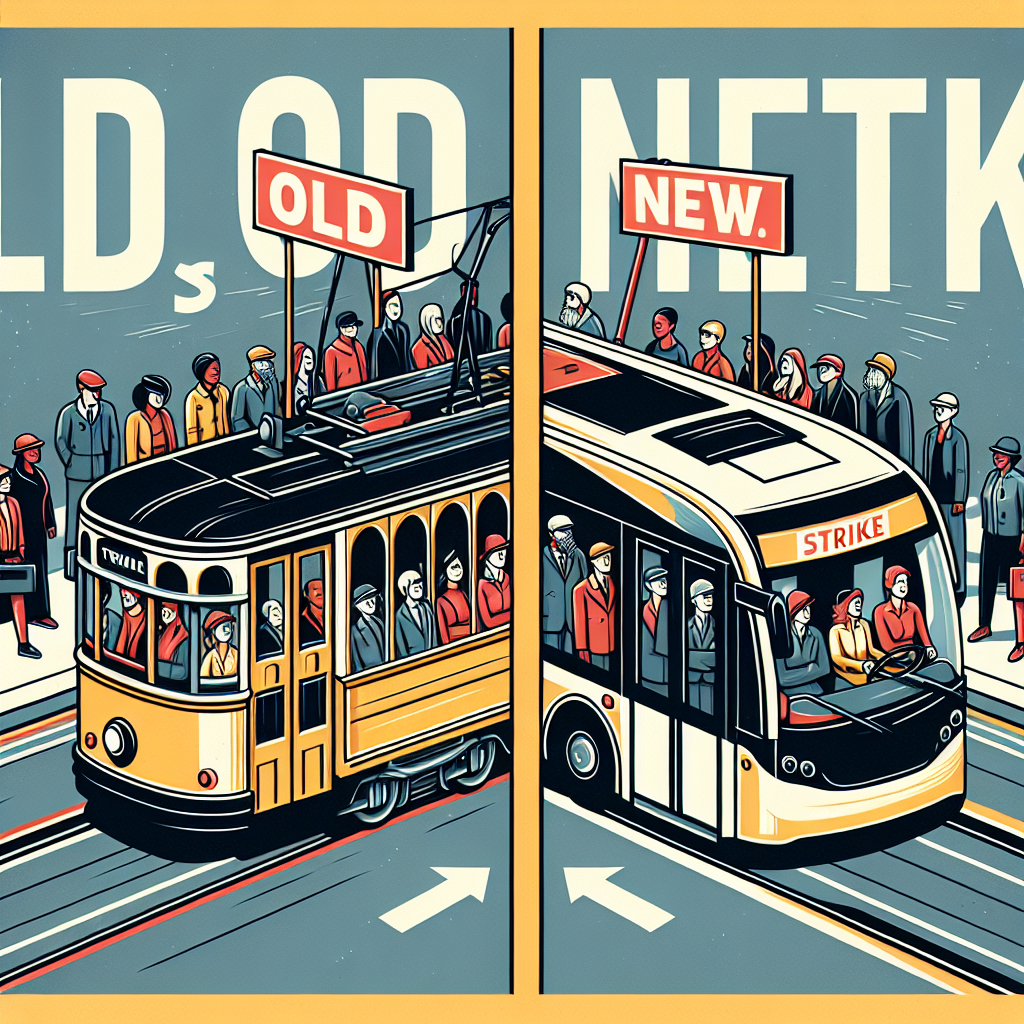In a surprising turn of events that has relieved daily commuters and unsettled traditionalists alike, the exhaustive public transportation strike has ended. The primary cause? A dramatic shift toward futuristic technologies in public transport. This article dives into these emerging developments while shedding light on their implications for both drivers and passengers.
Technology Overview
The core focus of this upheaval can be pinned to cutting-edge advancements like autonomous vehicles, smart ticketing systems, real-time travel information services, and electric powertrain technologies. These innovations have significantly transformed public transport systems worldwide.
Current State of the Art
Many cities globally are already harnessing data analytics to improve route efficiency and reduce waiting times. In contrast, others are exploring ways to incorporate self-driving buses within their mass transit networks.
Key Innovations
E-ticketing represents a substantial leap forward from manual ticket inspection methods – enabling seamless transactions through mobile apps or contactless cards. Meanwhile, Artificial Intelligence (AI) continues its disruptive streak as it’s being used across various aspects ranging from fleet management to passenger safety.
Market Adoption
The pace at which these tech upgrades are adopted varies by region due to diverse regulatory landscapes and economic realities. Yet there’s a clear trend towards widespread acceptance fueled by digitization efforts and environmental concerns.

